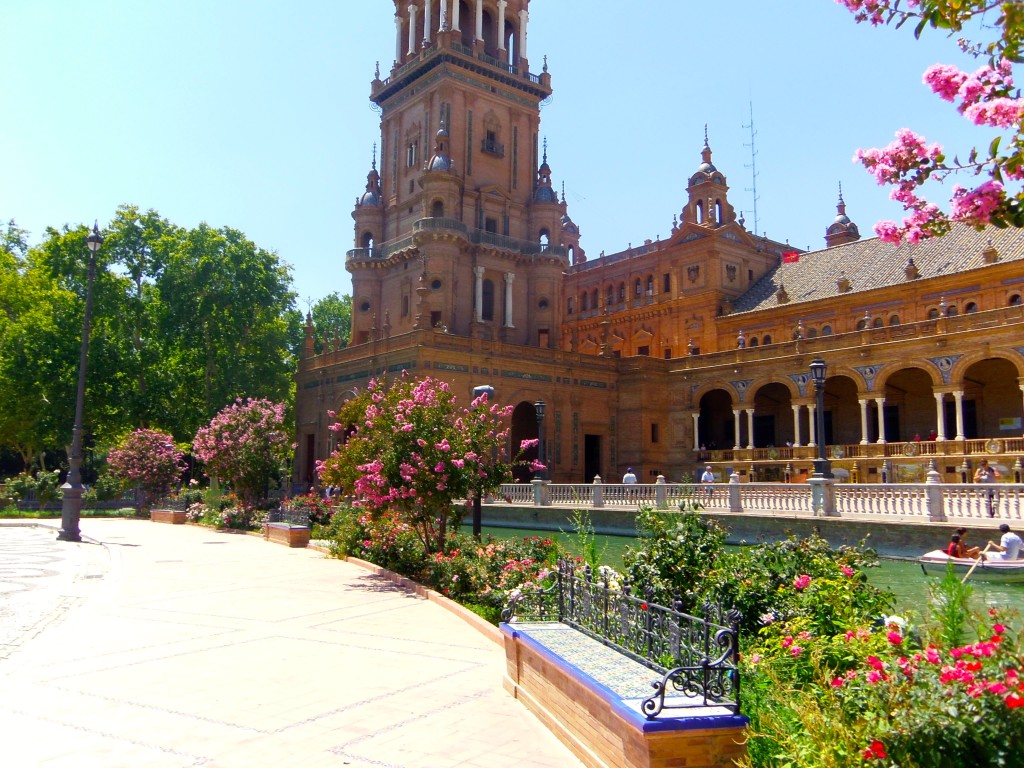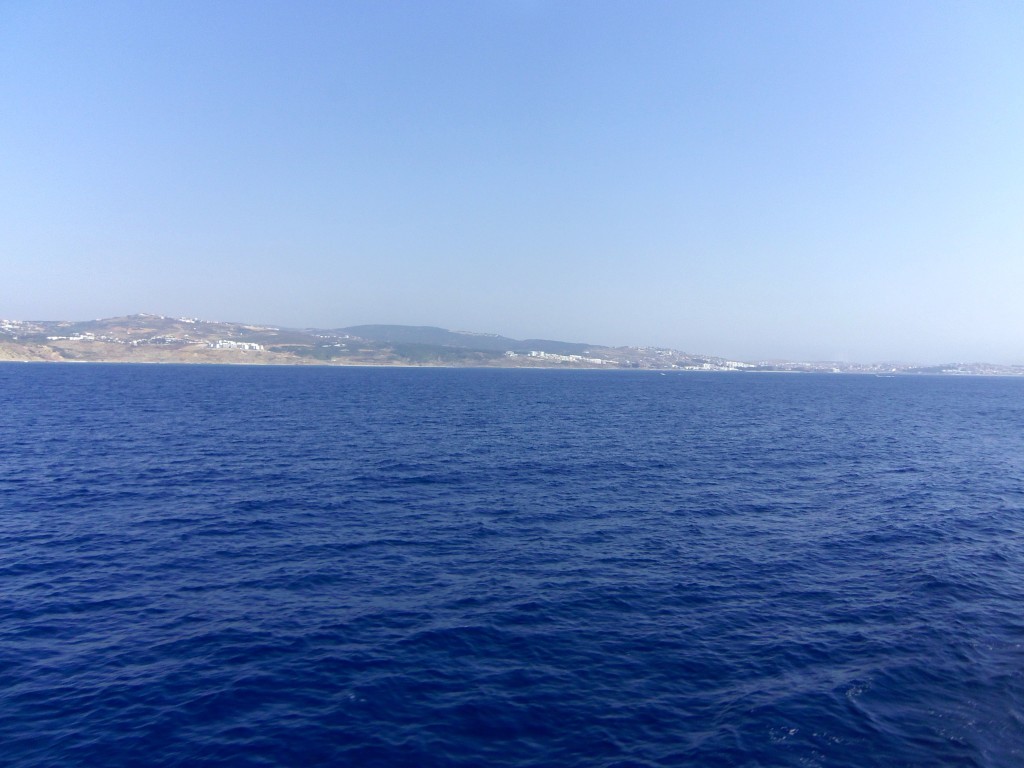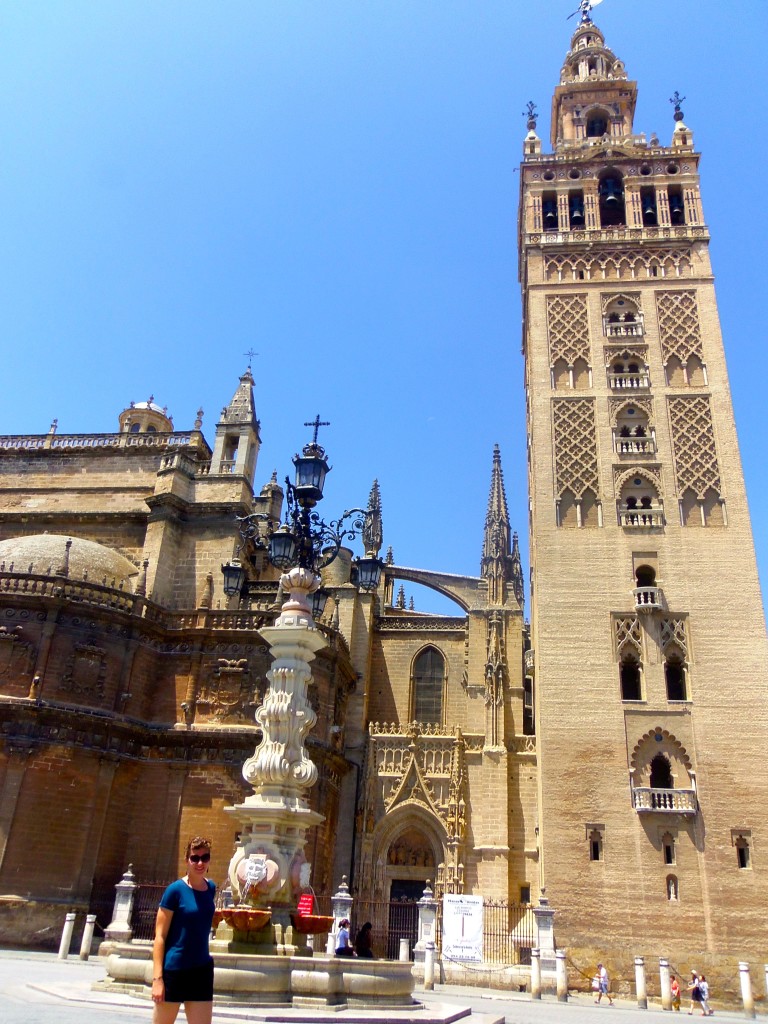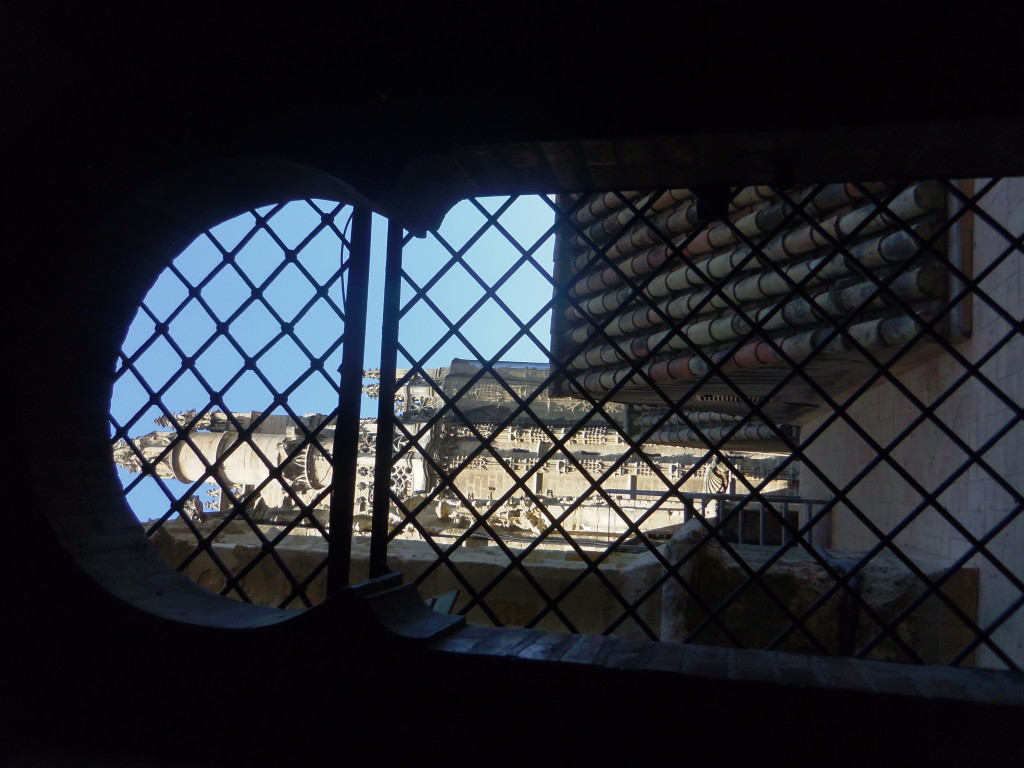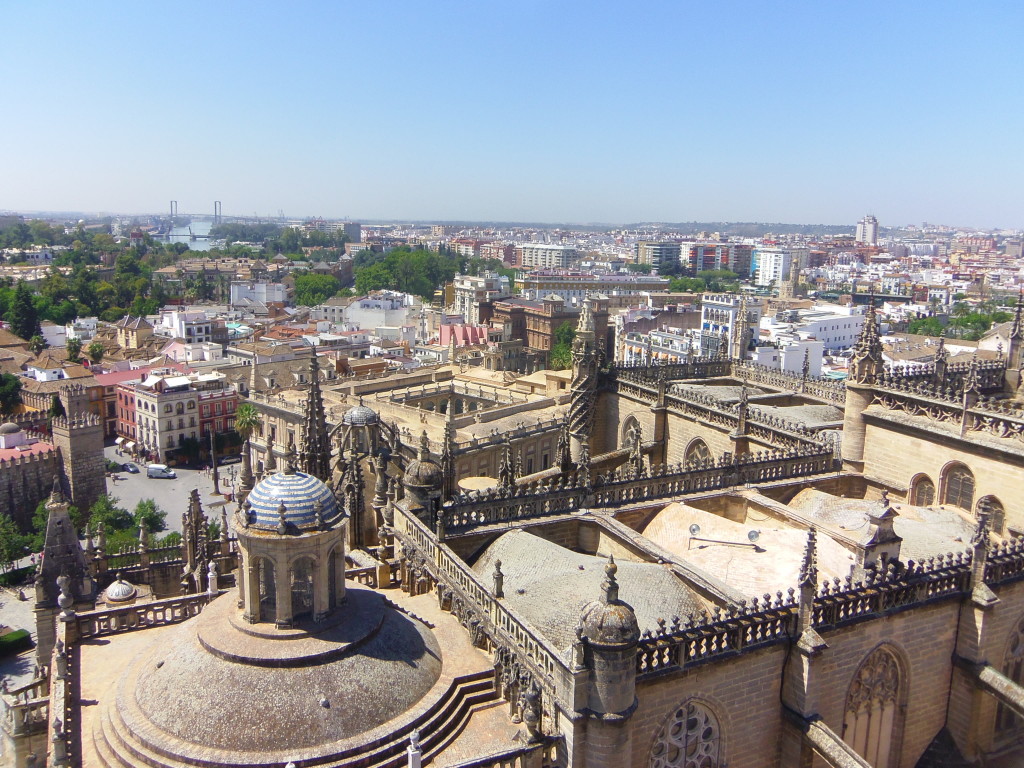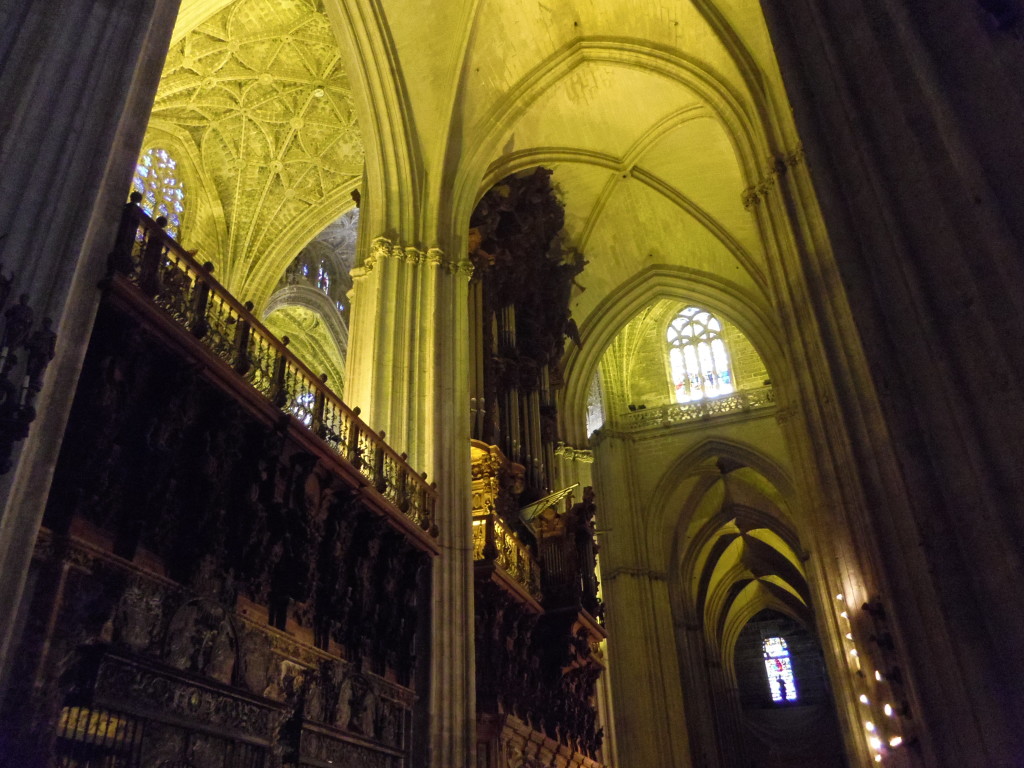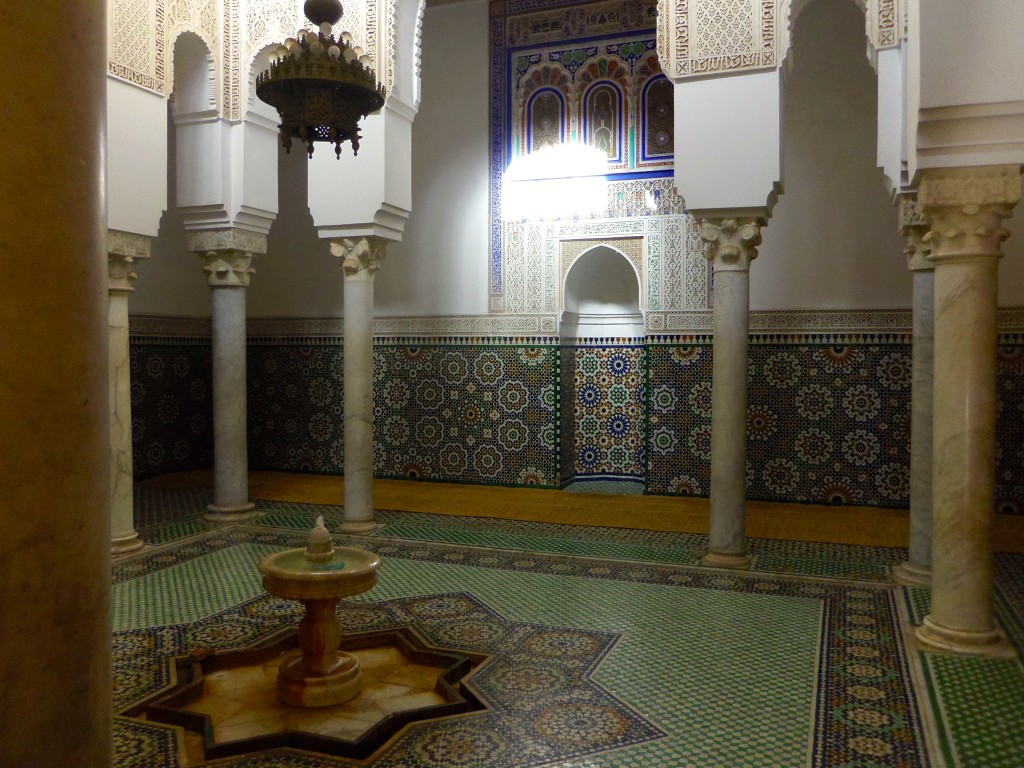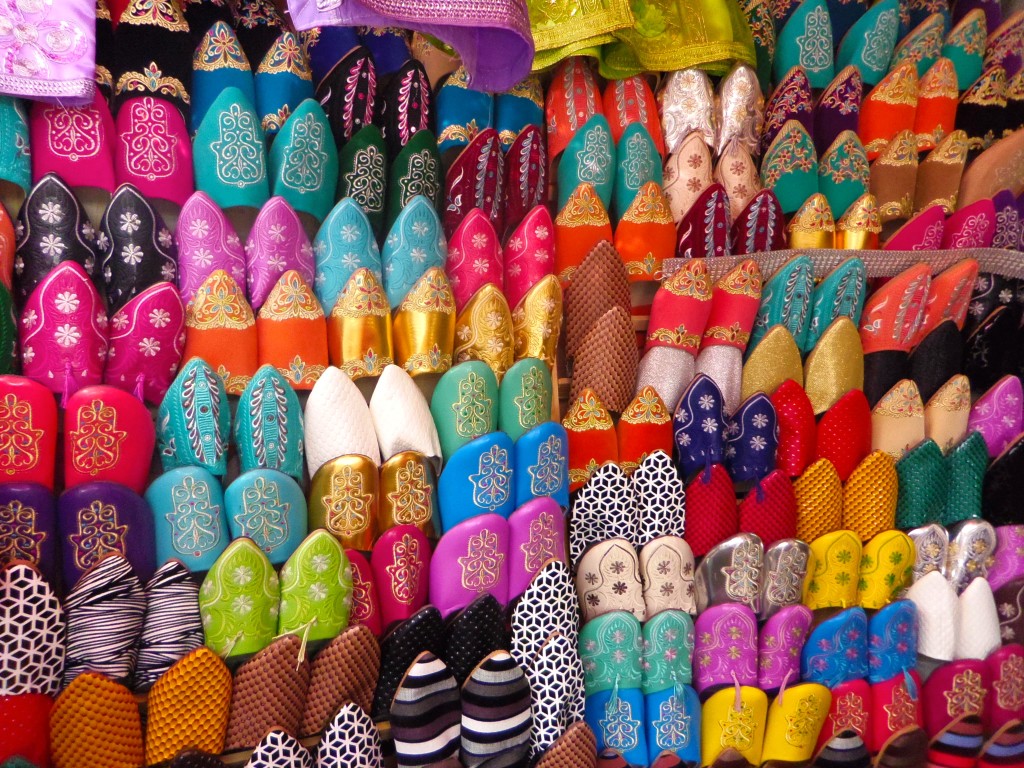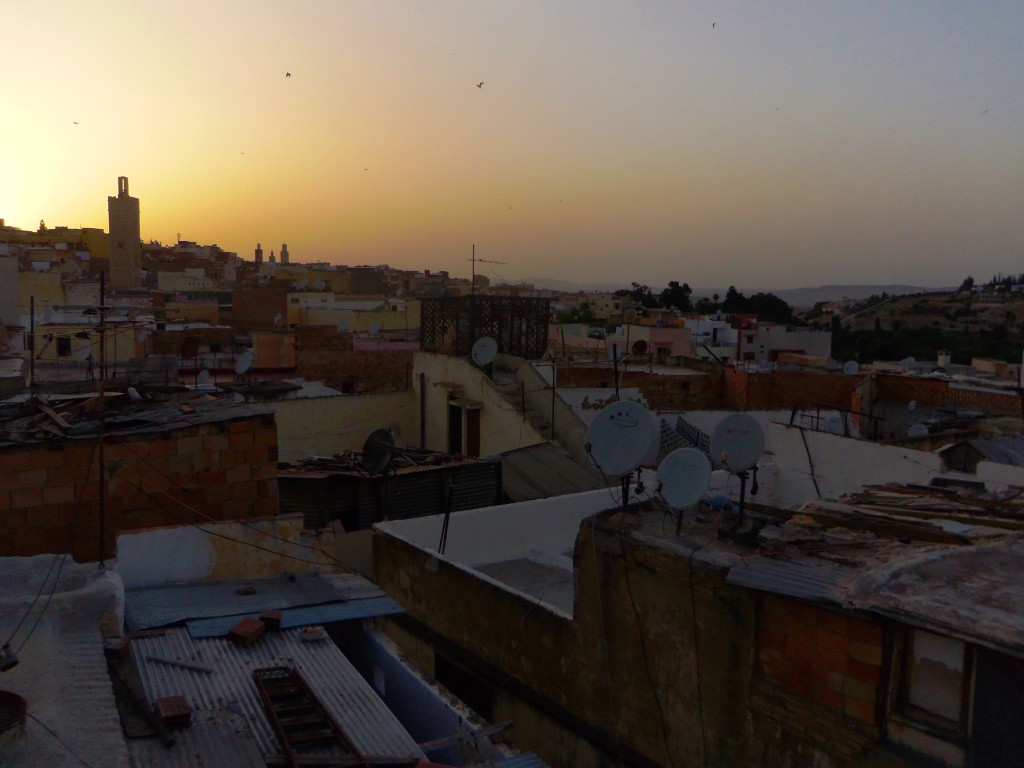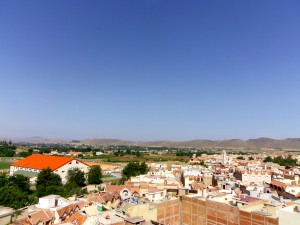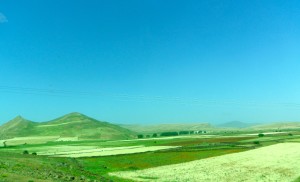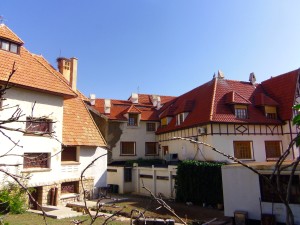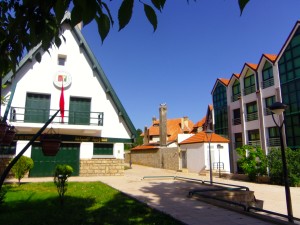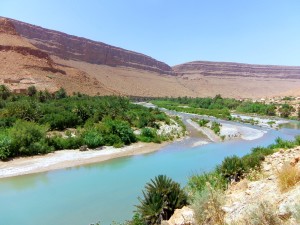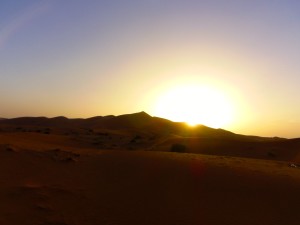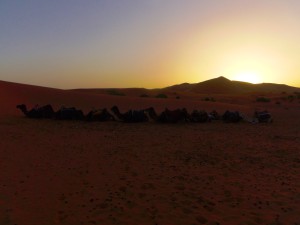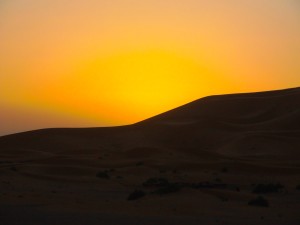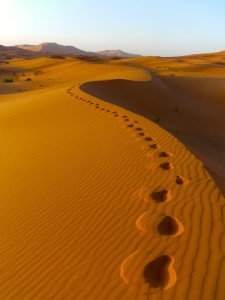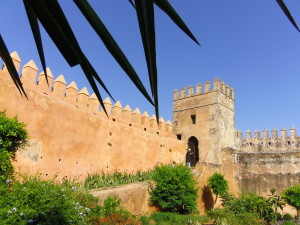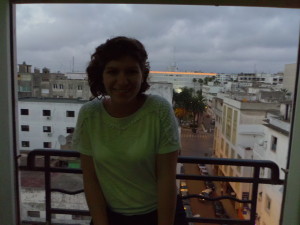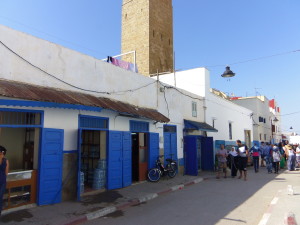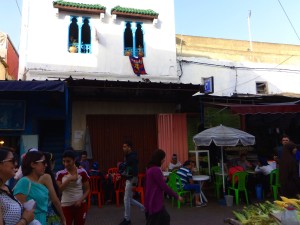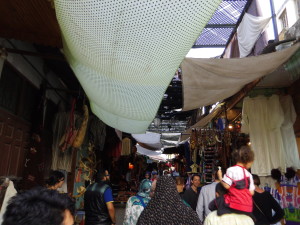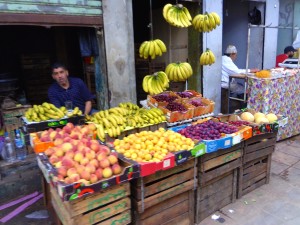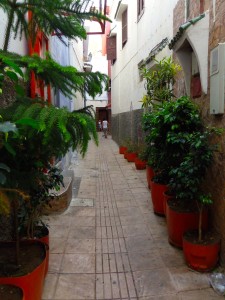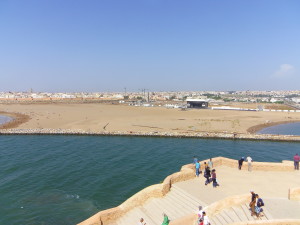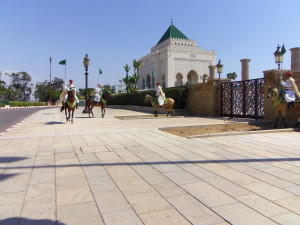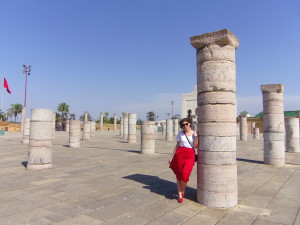These past two weeks I have been traveling and adventuring more outside of Accra which has been very rewarding! The Western region is home to the Fante people who speak a different dialect of Akan than the Twi that is predominantly spoken in Accra. This past weekend was also Ghana’s Independence Day on March 6th, which is a huge holiday because Ghana was the first sub-Saharan African country to be free from colonialism in 1957. I celebrated at the music festival on Busua Beach which was an incredible experience!
Shai hills
Before leaving for the west some friends and I took a day trip to a national park a little outside of Accra called Shai Hills. This area is very rich in history and has an amazing view of the grasslands surrounding the hills. The Shai people lived in the hills about 100 years ago, and maintained their culture by hiding in the many caves in the hills to avoid the British who often came to collect taxes. One such cave is nicknamed the bat cave because it is full of hundreds of bats! We were able to find pieces of pottery and stone bowls left from the Shai people on our hike, which was so interesting to see. Another unique thing about the hills is the abundance of wild baboons living there. Baboons are typically afraid of people so hiking throughout the hills seeing the baboons are more rare, but the baboons living around the entrance to the park are more friendly towards people, so they will walk around near visitors and are not afraid to get close! Baboon attacks do happen so you are required to have a guard to guide you through your hike.
Nzulezu, the Stilt Village
After traveling about five hours to another major city in Western Ghana, Takoradi, my friends and I continued on to the town of Beyin where you can get a tro tro to the famous stilt village, Nzulezu. Nzulezu means “city on water” because the entire village lives in homes built on stilts in the Tahore Lake. The village has been there for over 700 years and they live very separately from the mainland society. There is one guesthouse, so only about four visitors are allowed at a time, but luckily we were the only guests and were able to rent rooms for one night and stay over. Our guide took us on a canoe through the jungle to get to the village, and once there it was an incredible sight! The village is pretty self-sustaining; most people fish throughout the day and there are churches, a school, and several restaurants and bars. The only thing asked of guests is to bring school supplies as a gift because this is something they need the most. Another source of income is that the village produces its own locally made gin called akapeshie which is distilled in the village and sold on the mainland. We enjoyed a dinner of a full fish, tried the akepeshie at night, took a midnight swim with the children of the village before bed, and then spent the morning exploring a bit more before canoeing back to the mainland. It was definitely a unique experience and an incredible culture to witness!
Cape Three Points
After Beyin we continued West to the southern-most tip of Ghana and the closest piece of land to the geographical center of the world, Cape Three Points. It was more difficult to get to the village than we thought it would be, but after an hour-long drive through the jungle we made it to the coast. The village is pretty isolated, and we were all shocked by the fact that this important landmark was not a tourist attraction at all. There is a lighthouse up the hill which was very cool, and the lighthouse keeper had made some monuments made to mark the center of the world, but that was about it. We really enjoyed the fact that this area was really simple and not a huge tourist trap. We were able to camp out on the cliff next to the lighthouse as far south as possible, which was neat to say we slept at the center of the world! Definitely my most interesting campsite, especially when we woke up with coconuts falling from our palm tree and goats circling our tent!
Busua Beach
This past weekend my friends and I traveled West again to Busua for a big music festival celebrating Independence Day weekend. We were able to rent a room for all three nights for 10 cedis each, which is about $2.50! The village is very quaint but it was full of guests for the holiday. All the beach hotels and were full and there were lots of beach restaurants and bars to choose from throughout the weekend. We tried lots of interesting food like Ghanaian burritos (which do not taste like Mexican food at all) and banana tacos. There was live music playing constantly throughout the weekend, and at night there was a big concert of DJ’s and some live bands. During the day we were able to go surfing and boat out to an island not far from the beach, which was really interesting. On Sunday night there was a big jungle party to celebrate Independence Day, which was actually a party with DJ’s, a stage and a bar in a clearing in the middle of the jungle. The whole weekend was both relaxing and a lot of fun, besides the thumb-sized cockroaches in our room!

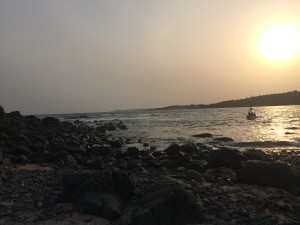
Location: Western Region, Ghana



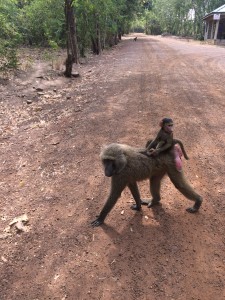

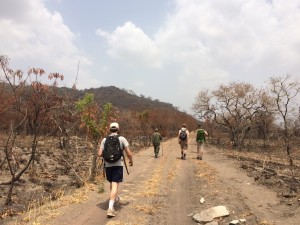

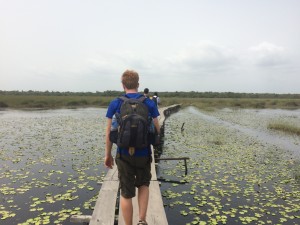


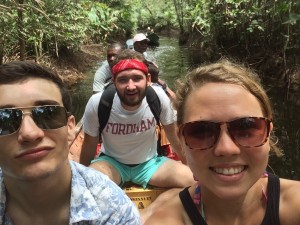

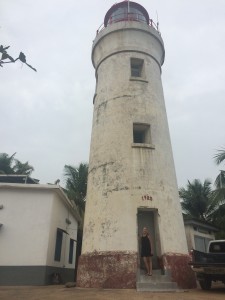


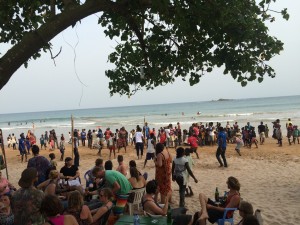

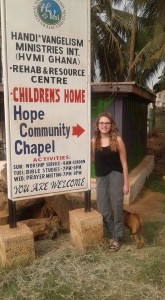
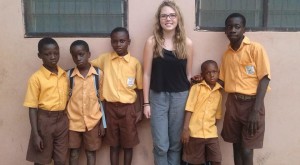

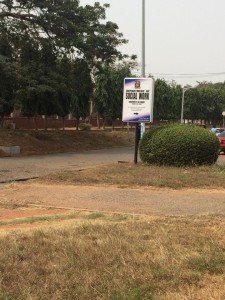
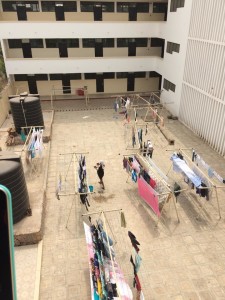
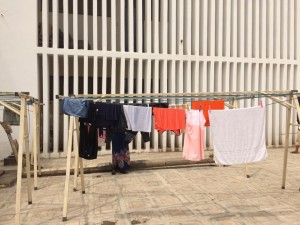
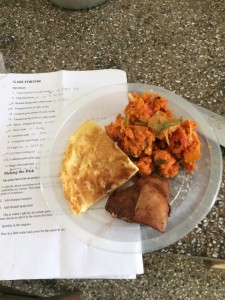

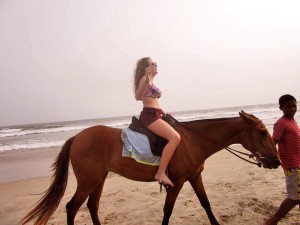
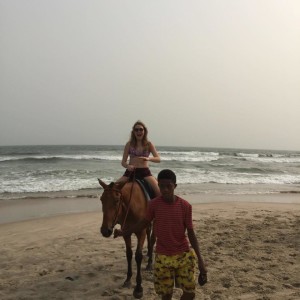
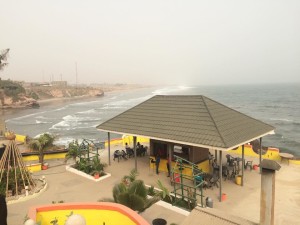
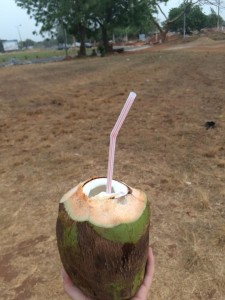
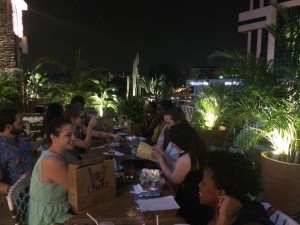
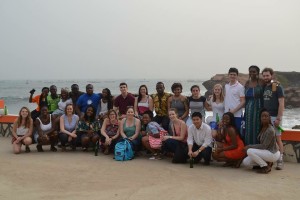
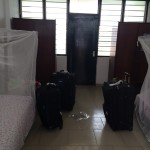
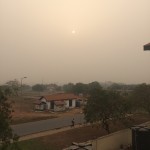
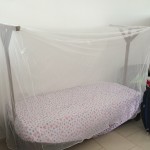
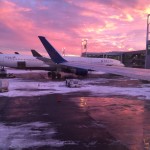
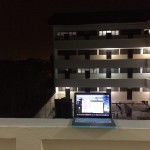



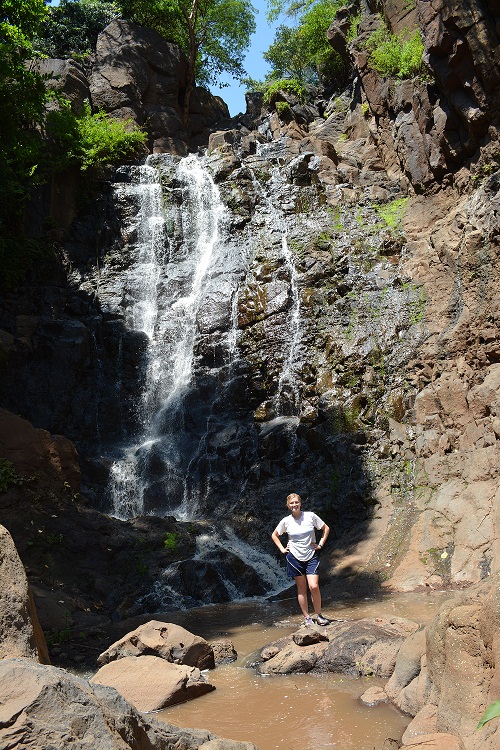
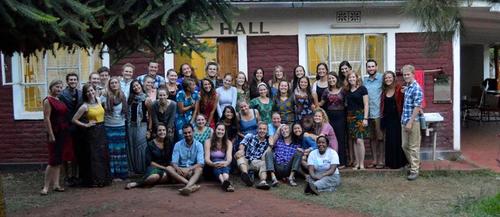
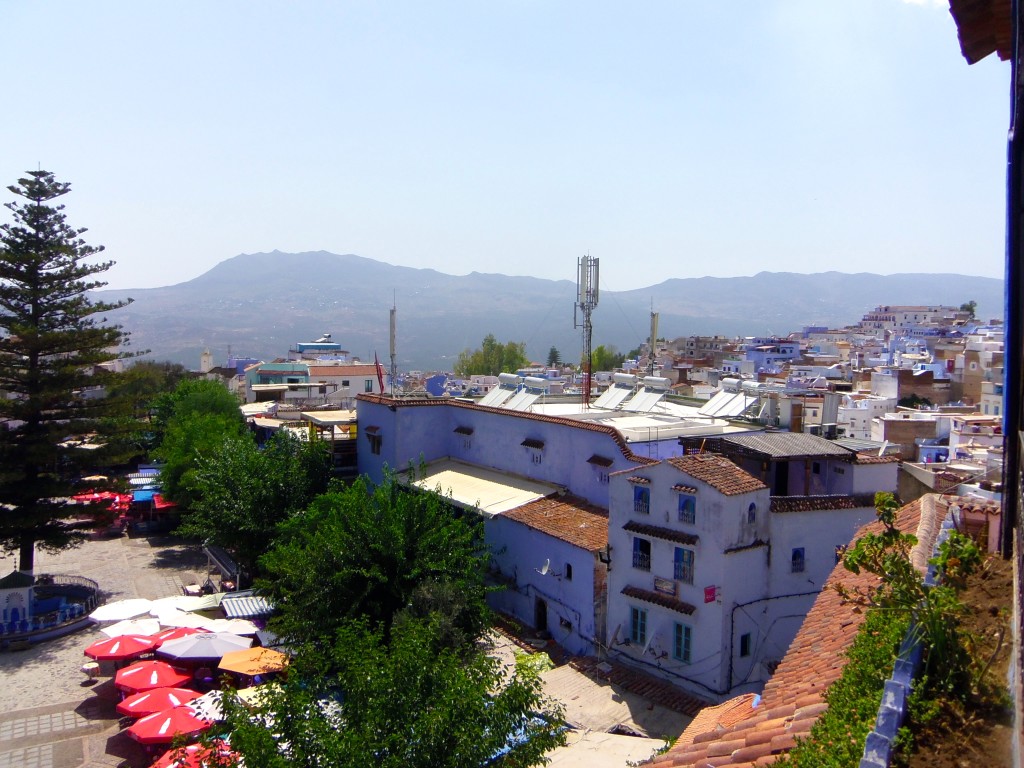
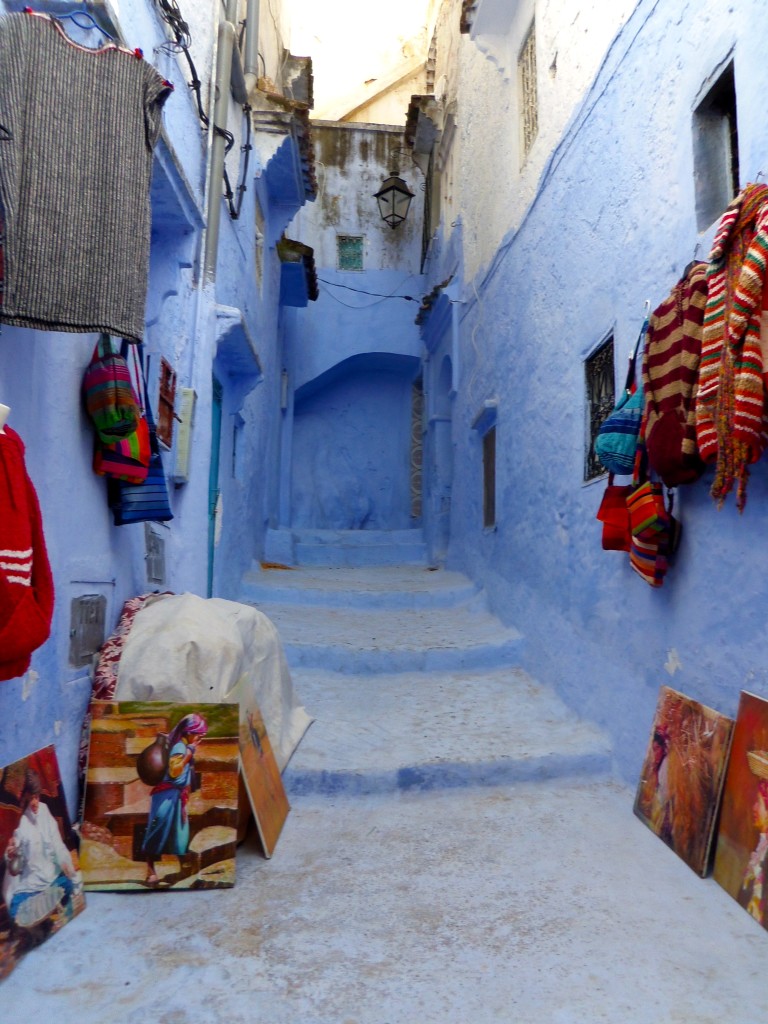
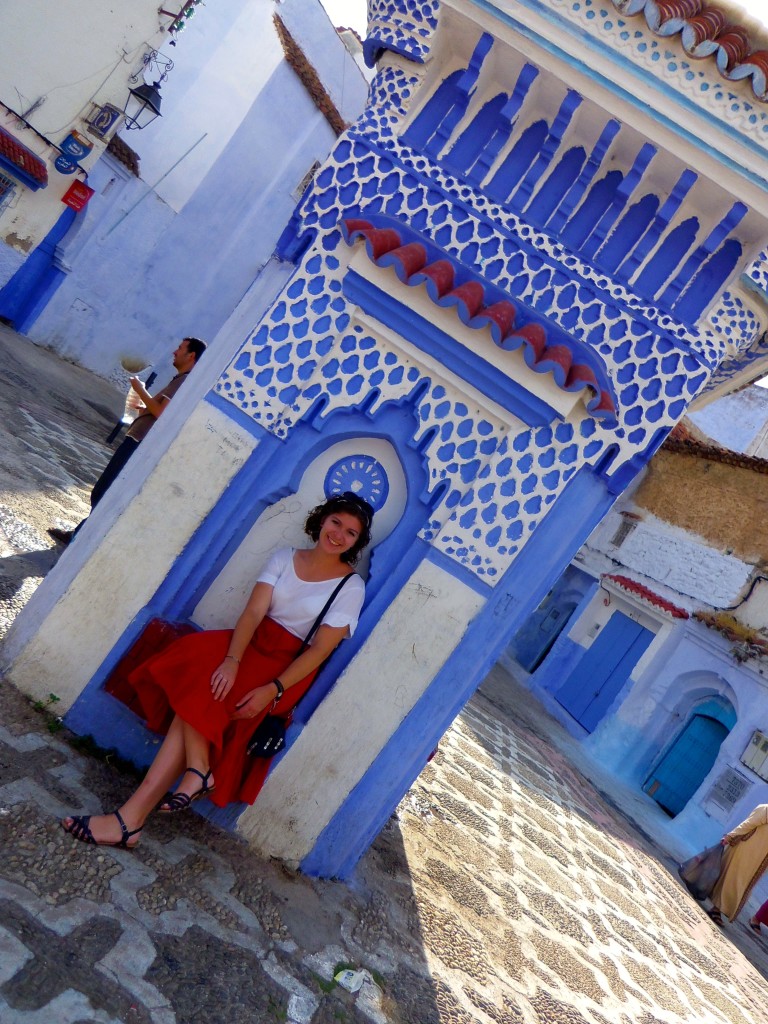
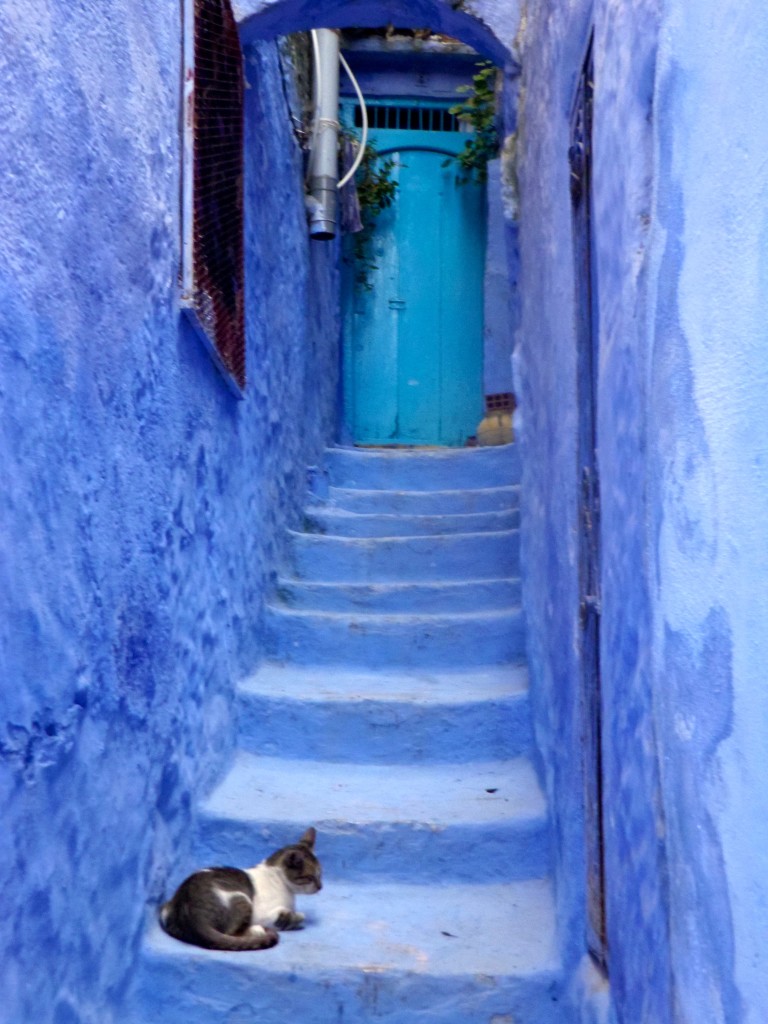

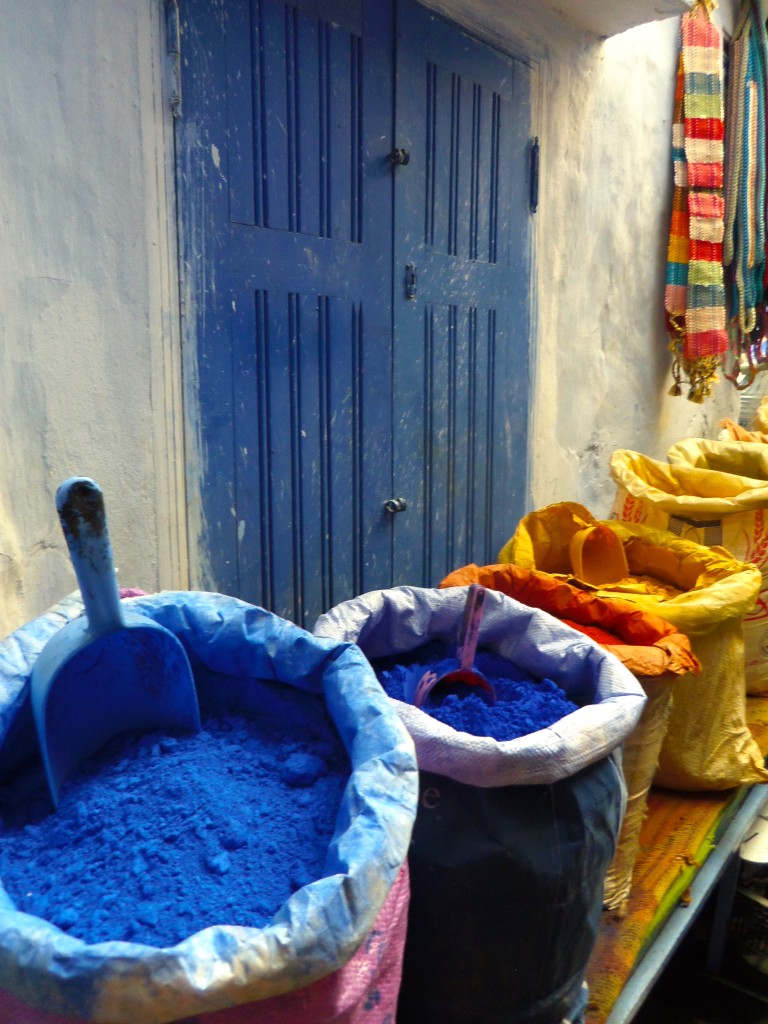
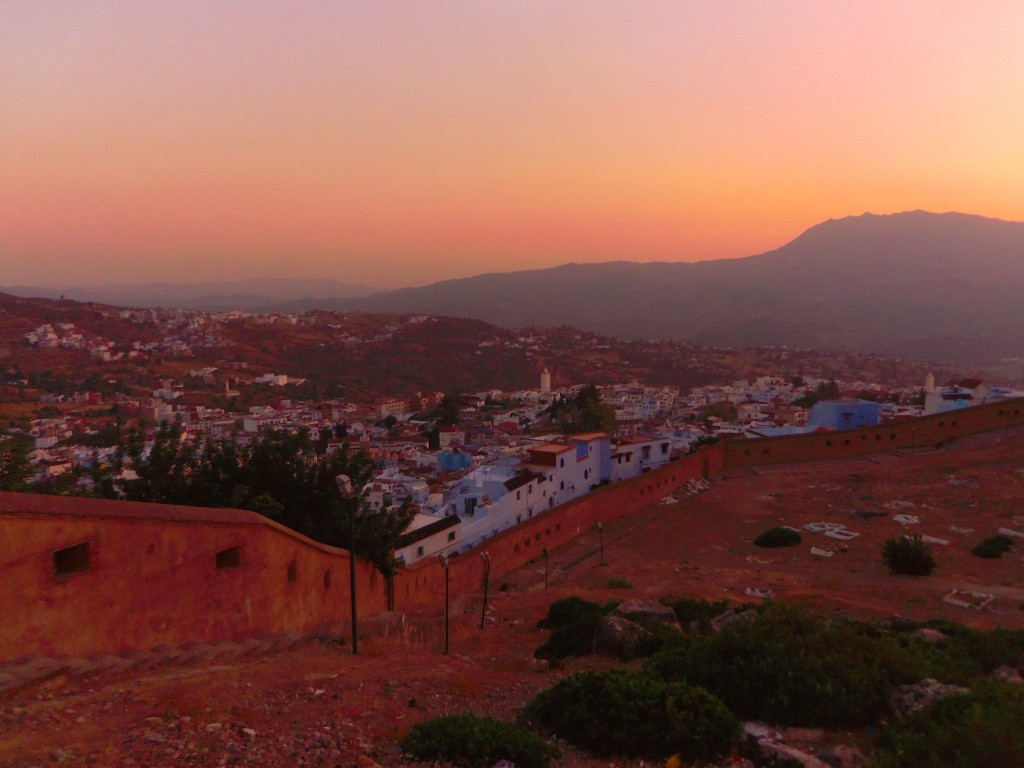
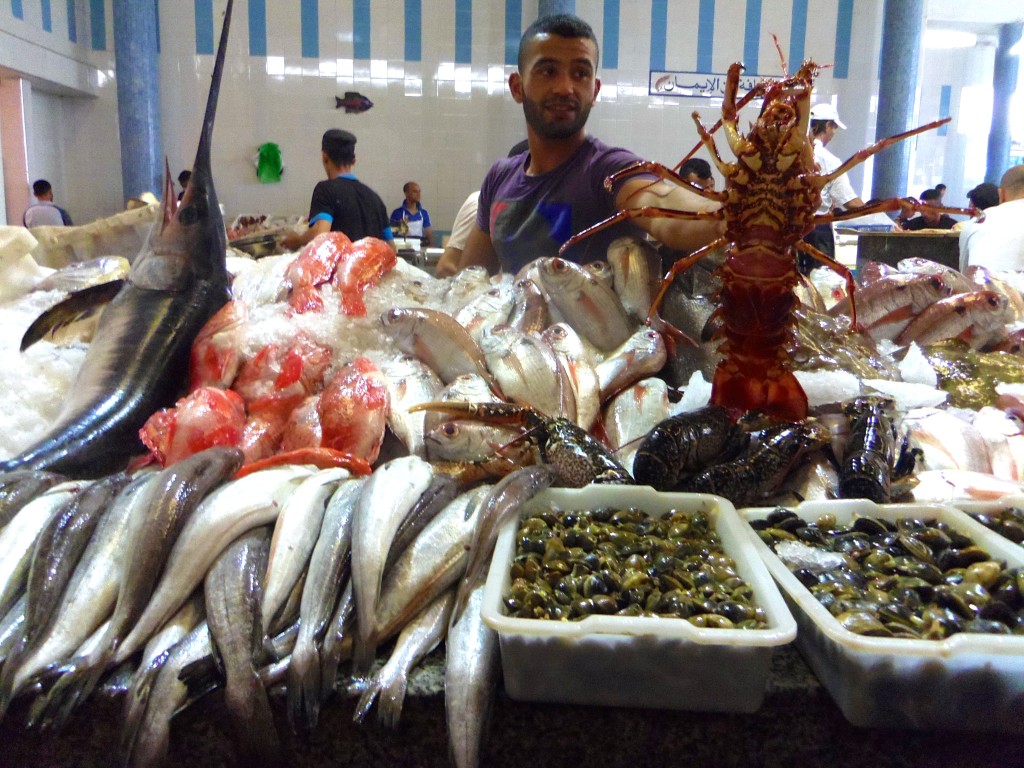
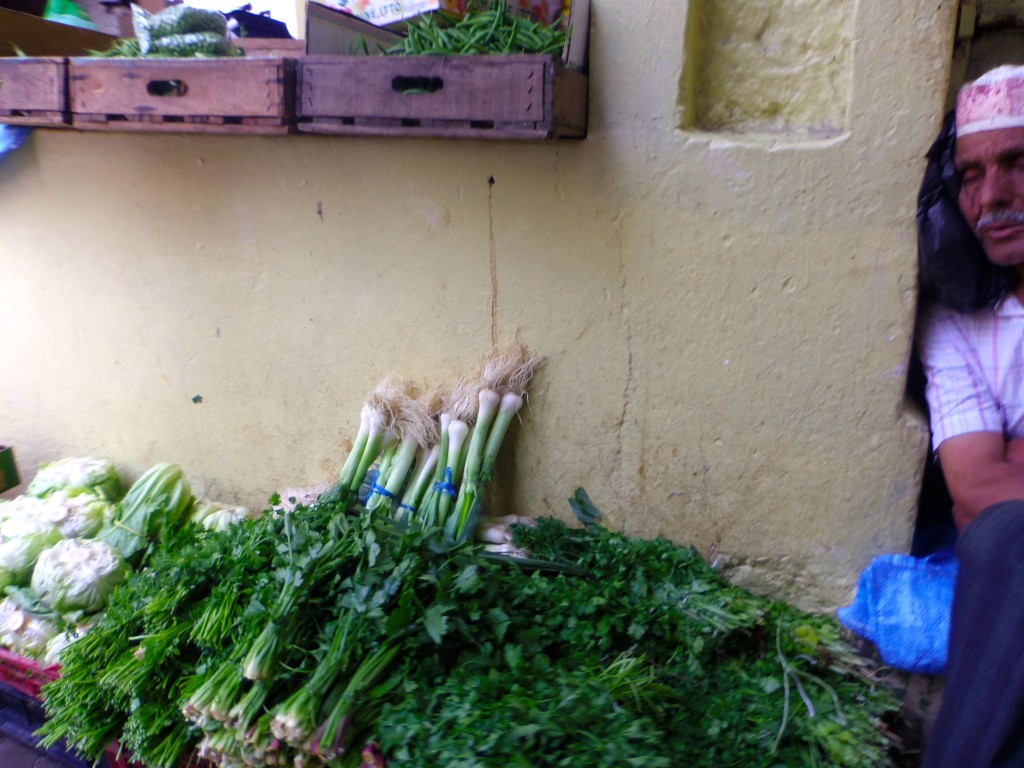 After lunch it was time to catch our ferry to Spain- which was so much closer than I’d thought! The ferry ride was only an hour, and after 20 minutes I could see the Spanish coast before Morocco even disappeared from view. We landed in Tarifa, the closest port, and after another bus ride we were in our hostel for the night in Cadiz, Europe’s oldest city! It was also where Christopher Columbus set sail on his second voyage from, which makes sense because Cadiz is essentially just an outcrop surrounded on three sides by sea and connected to the mainland by a strip of land less than a mile wide. However our plan was to only stay the night, visit Seville the next day, and come back to Cadiz on Saturday so that when we had to travel the whole way back to Rabat on Sunday were closer and had less milage to cover in one day.
After lunch it was time to catch our ferry to Spain- which was so much closer than I’d thought! The ferry ride was only an hour, and after 20 minutes I could see the Spanish coast before Morocco even disappeared from view. We landed in Tarifa, the closest port, and after another bus ride we were in our hostel for the night in Cadiz, Europe’s oldest city! It was also where Christopher Columbus set sail on his second voyage from, which makes sense because Cadiz is essentially just an outcrop surrounded on three sides by sea and connected to the mainland by a strip of land less than a mile wide. However our plan was to only stay the night, visit Seville the next day, and come back to Cadiz on Saturday so that when we had to travel the whole way back to Rabat on Sunday were closer and had less milage to cover in one day. 